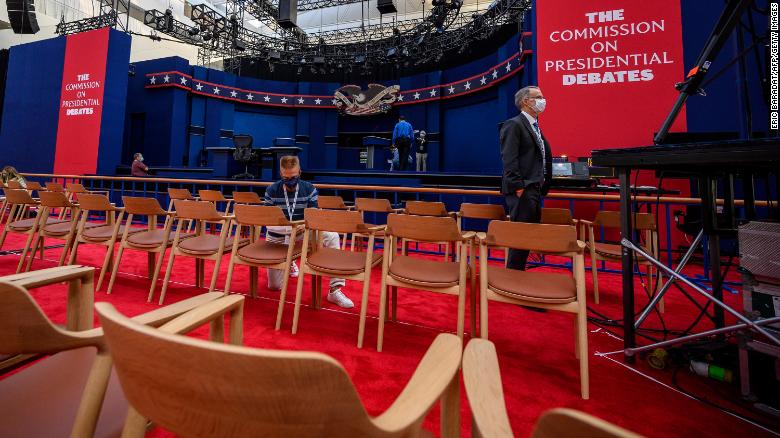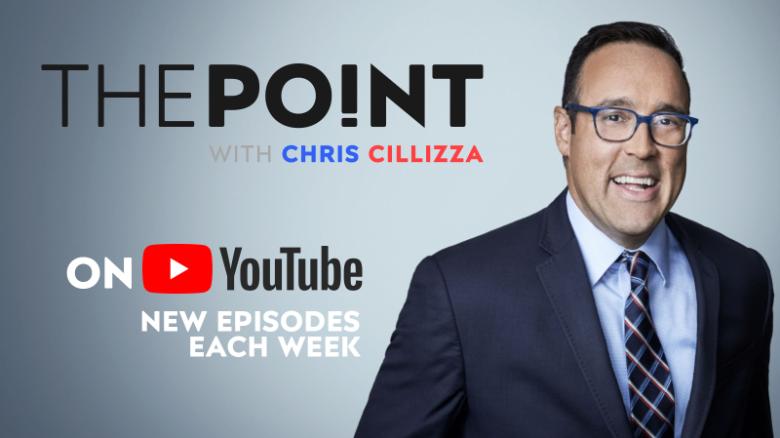On Tuesday night, roughly 70 people will file into seats in an auditorium at Case Western Reserve University in Cleveland to watch the first general election debate between President Donald Trump and former Vice President Joe Biden.
That’s 70 too many.
The simple fact is this: Presidential debates — in the primaries and the general election — work better without any audience at all. Yeah, you heard me. Zero audience.
I can prove it. At the start of the coronavirus pandemic in the United States, we had a Democratic presidential primary debate between Biden and Vermont Sen. Bernie Sanders. The date was March 16. And it was fantastic.
Don’t take my word for it. Here’s The New York Times’ Michael Grynbaum:
“With no live audience on hand because of coronavirus concerns, there were no jeers or cheers disrupting the proceedings, no playing to the crowd by the two men onstage. The candidates, typically armed with punch lines and YouTube-able zingers to make the most of limited speaking time, had ample room to dwell on substance. Moderators had the grace and good sense to stay silent when the candidates questioned each other directly.”
Yes to all of that!
The truth of the matter is that primary debates have long ago devolved into every candidate trying to create a single “zinger” moment — Oh snap, did you see what he or she just said?!!? — that their campaign can plaster on social media and then use to raise money.
As you might guess, that strategic focus does not, um, reward a thoughtful conversation on the issues of the day. And this isn’t an inconsequential point: We are talking about the candidates for president of the United States here, not high school president. (No offense to all you high school presidents out there!)
The audience for a general election debate is problematic, but for different reasons.
Unlike primary debates where the moderators urge the audience not to cheer or interrupt but never actually penalize anyone who does, the general election debates are more somber affairs where cheering or interjecting in anyway is STRONGLY frowned on and rarely happens.
So why, then, is the crowd even there? It’s like going to a sporting event and being told you can’t cheer or talk to anyone. What’s the point?
Then there’s this: Let’s say coronavirus didn’t exist and the auditorium at Case Western could be filled to capacity. And let’s say that’s roughly 1,000 people.
Well, the first debate between Trump and Hillary Clinton in 2016 drew an audience of 84 million. And this one is supposed to be bigger. So why don’t we accept the reality that this is a TV event and not an in-person event?
The Point: Audiences either don’t help or actively hurt debates. Covid-19 has already forced a lot of negative changes on the world of politics. Why don’t we let the virus create a positive change and gets rid of debate audiences forever?
>>>details

